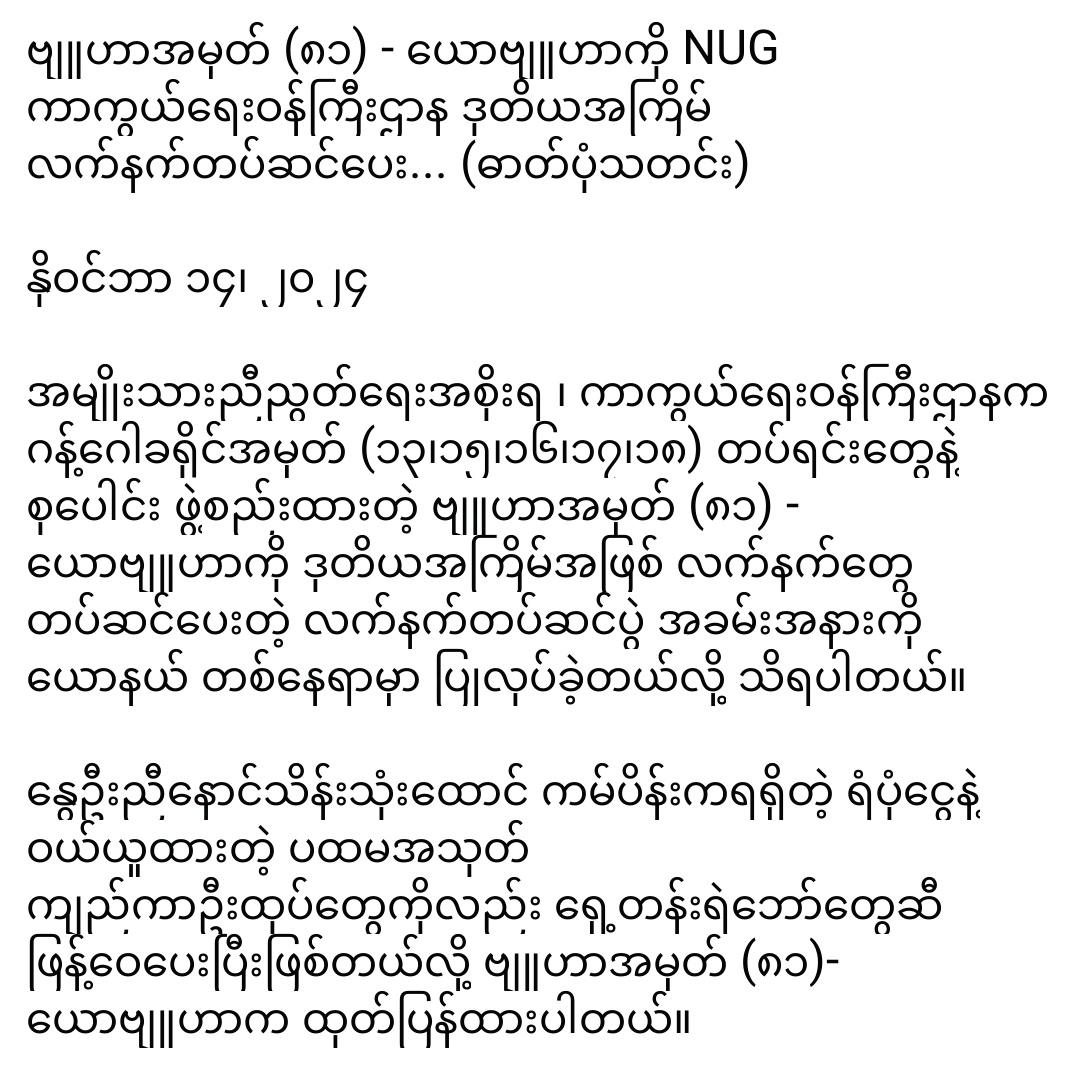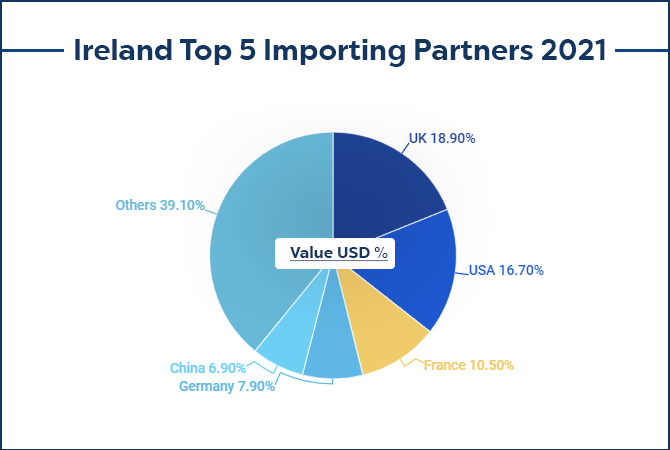
Ireland’s main trading countries
Ireland’s trade landscape is highly integrated with both European and international markets, with its main trading partners being key players in the European Union, the United States, and Asia. The Irish economy is largely driven by exports of goods and services, making it an essential trading hub. Here’s a closer look at Ireland’s main trading partners, the nature of trade with these countries, and the factors that underpin these relationships.
1. The United Kingdom
The UK has a long-standing trade relationship with Ireland due to geographic proximity, shared history, and closely tied economies. Despite Brexit, the UK remains one of Ireland’s main trading partners, particularly for imports. Goods like machinery, chemicals, pharmaceuticals, and agricultural products such as dairy and meat flow regularly between the two countries. However, Brexit introduced new trade regulations, affecting some sectors by imposing tariffs and regulatory checks. In response, both countries have worked to streamline trade, particularly to minimize disruptions in critical areas such as agriculture.
2. United States
The United States is one of Ireland’s most significant trade partners, particularly in terms of exports. Ireland is a hub for American multinationals in Europe, with many U.S.-based companies operating in pharmaceuticals, technology, and finance sectors setting up European headquarters in Ireland. Irish exports to the U.S. largely consist of pharmaceuticals, organic chemicals, medical devices, and software, making it an essential market for Ireland’s technology-driven economy. The U.S. also invests heavily in Ireland, and bilateral trade between the two nations has continued to grow, reflecting Ireland’s favorable tax regime and strong intellectual property protections.
3. Germany
Germany is one of Ireland’s key trading partners within the EU, representing a substantial portion of Irish exports, especially in sectors like pharmaceuticals, chemicals, and medical devices. Imports from Germany typically include machinery, vehicles, and electrical equipment. As Europe’s largest economy, Germany plays a crucial role in the EU market, and Ireland benefits from this relationship due to Germany’s robust demand for Irish high-tech products and services. Trade between Ireland and Germany is expected to remain strong, supported by both countries’ shared commitment to open trade within the EU.
4. France
France is another major EU trading partner for Ireland, involved in the exchange of agricultural goods, machinery, pharmaceuticals, and energy products. In recent years, France has become a more prominent trade partner due to Brexit, with some Irish exporters and importers looking to France as an alternative entry point to the EU market, avoiding UK customs complications. The proximity between Ireland and France via the Celtic Sea route has encouraged increased trade, with additional ferry and cargo routes established to accommodate this shift.
5. China
China’s role as an emerging global economic superpower has influenced Ireland’s trade strategy, leading to increased trade flows. Ireland exports a range of products to China, including food products, such as dairy and pork, as well as medical devices and electronics. China’s demand for high-quality Irish food products, especially dairy, has grown in tandem with rising middle-class affluence. Similarly, Chinese exports to Ireland, primarily consisting of electronics, machinery, and clothing, continue to expand, making China an essential partner outside the Western world.
6. The Netherlands
The Netherlands acts as a crucial trade gateway for Ireland due to its strategic port, Rotterdam, which is one of Europe’s largest and busiest. Goods from Ireland often pass through Rotterdam before being distributed across the European continent. The Netherlands is a primary importer of Irish chemicals, pharmaceuticals, and food products, while Ireland imports machinery, electronics, and vehicles. The Netherlands’ logistical advantages, combined with its robust trade networks, have helped strengthen the Ireland-Netherlands relationship.
7. Italy and Belgium
Both Italy and Belgium are important EU trade partners for Ireland. Italy’s economy, known for its manufacturing, imports Irish pharmaceuticals and chemicals, while Belgium, with its strong industrial sector, also imports a variety of high-tech Irish products. Additionally, Ireland’s agricultural exports, such as beef and dairy, find substantial markets in both countries.
Conclusion
Ireland’s trade is characterized by strong links with Western nations and increasingly diverse ties with Asian economies, especially China. Ireland’s small, open economy has positioned it as a critical player in international trade, particularly in pharmaceuticals, technology, and agriculture. By maintaining and expanding its partnerships with these key countries, Ireland strengthens its position as a dynamic, export-driven economy capable of adapting to global trade challenges and opportunities.




Leave a Reply